Planetary Radio • Oct 18, 2016
Charley Kohlhase and the Greatest Voyage
On This Episode
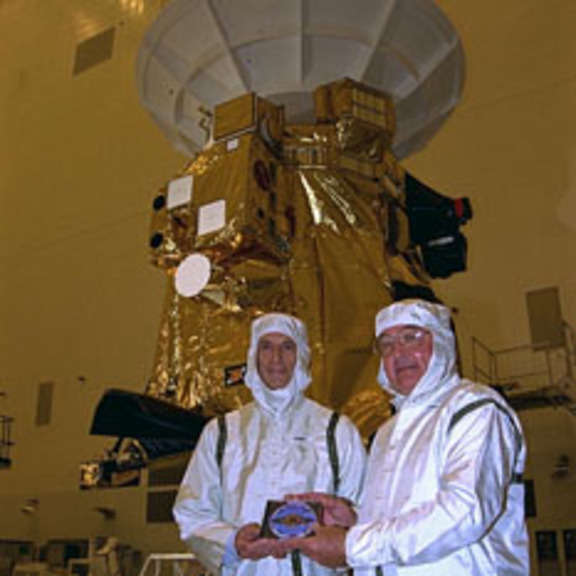
Charley Kohlhase
Engineer, Artist, Cassini Mission Designer
How did the Voyager spacecraft manage to weave their magnificent way through the outer planets of our solar system? Mission Design Manager Charley Kohlhase led the team that crunched the numbers to select the best possible trajectory from 10,000 candidates. The results have been astounding. Emily Lakdawalla prepares us for the arrival of Europe’s Exomars orbiter and Schiaparelli lander. Bill Nye says millennials and President Obama share excitement about humans to Mars. Win a copy of “Star Trek: The Official Guide to the Universe” in the What’s Up segment.
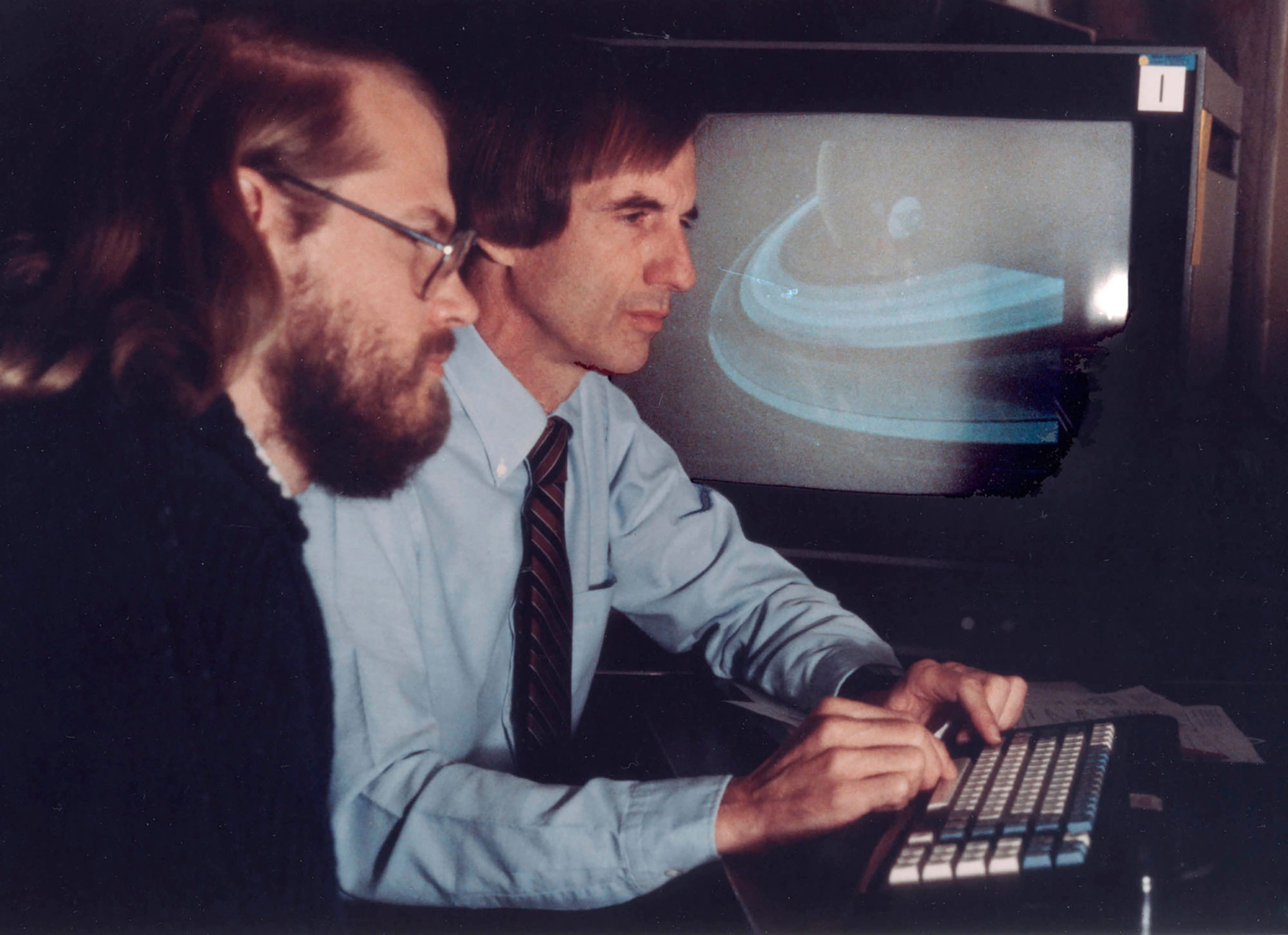
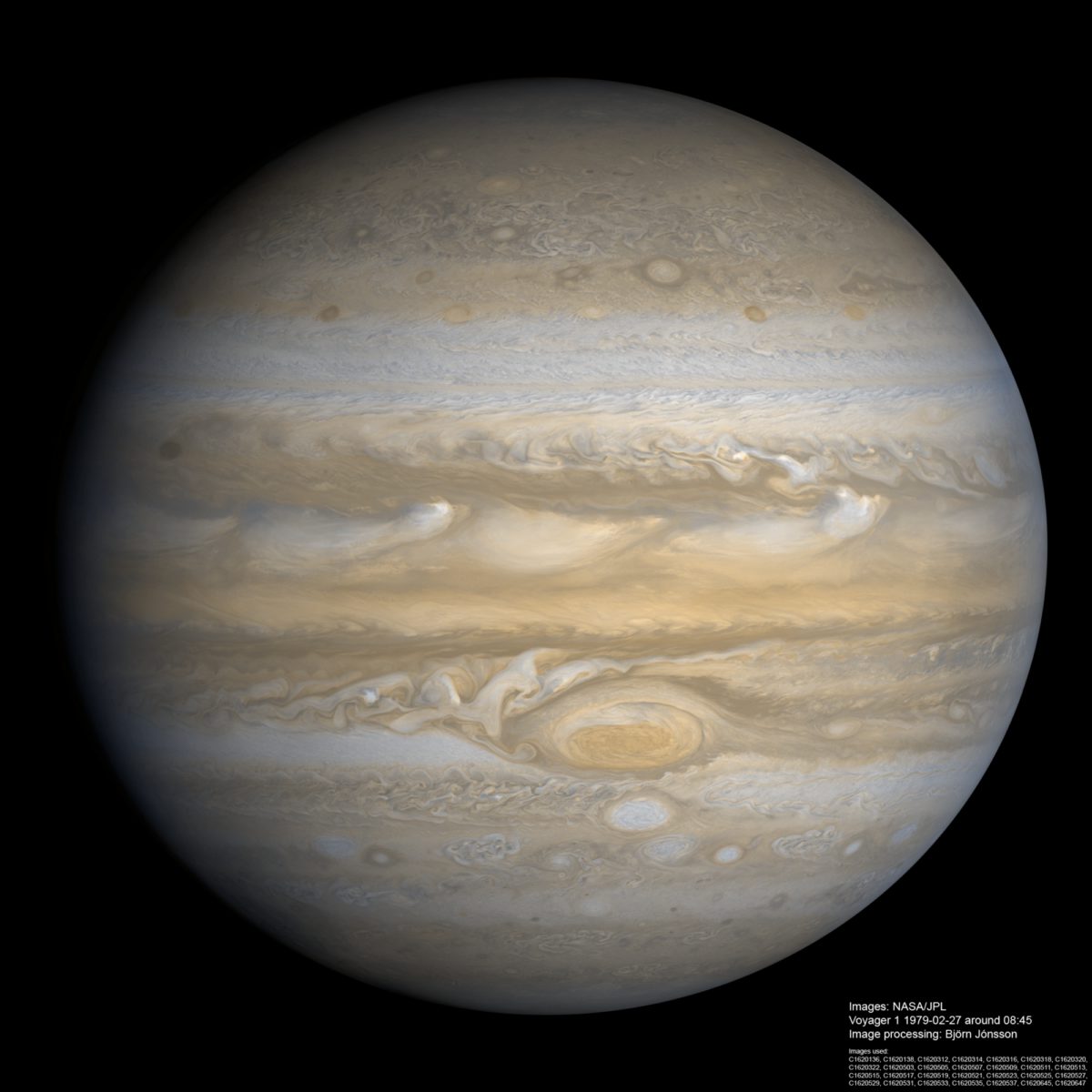

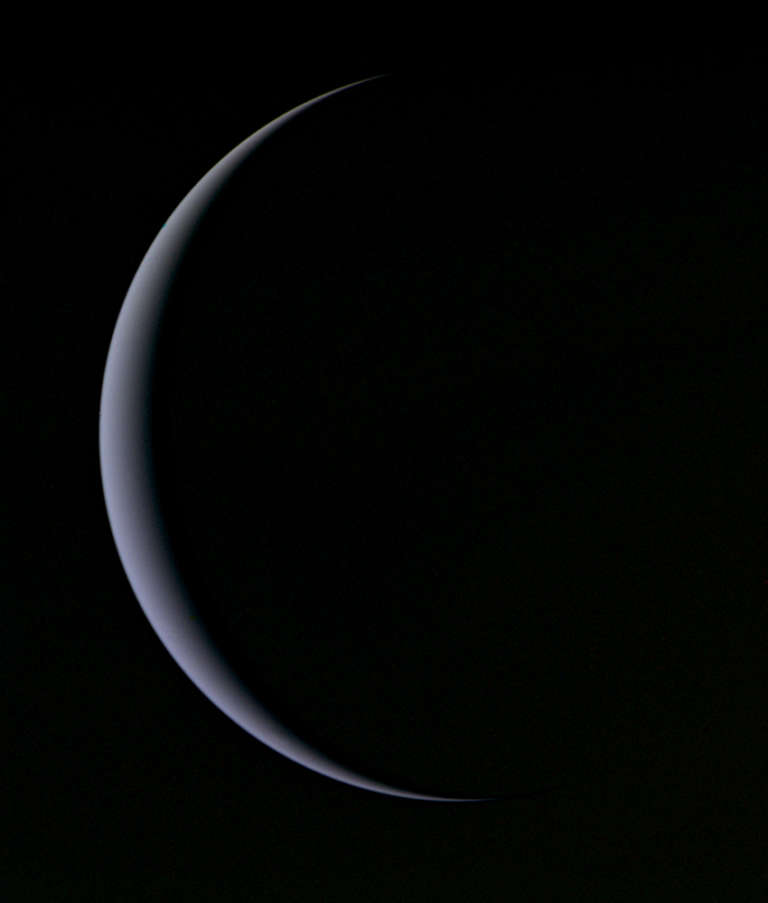
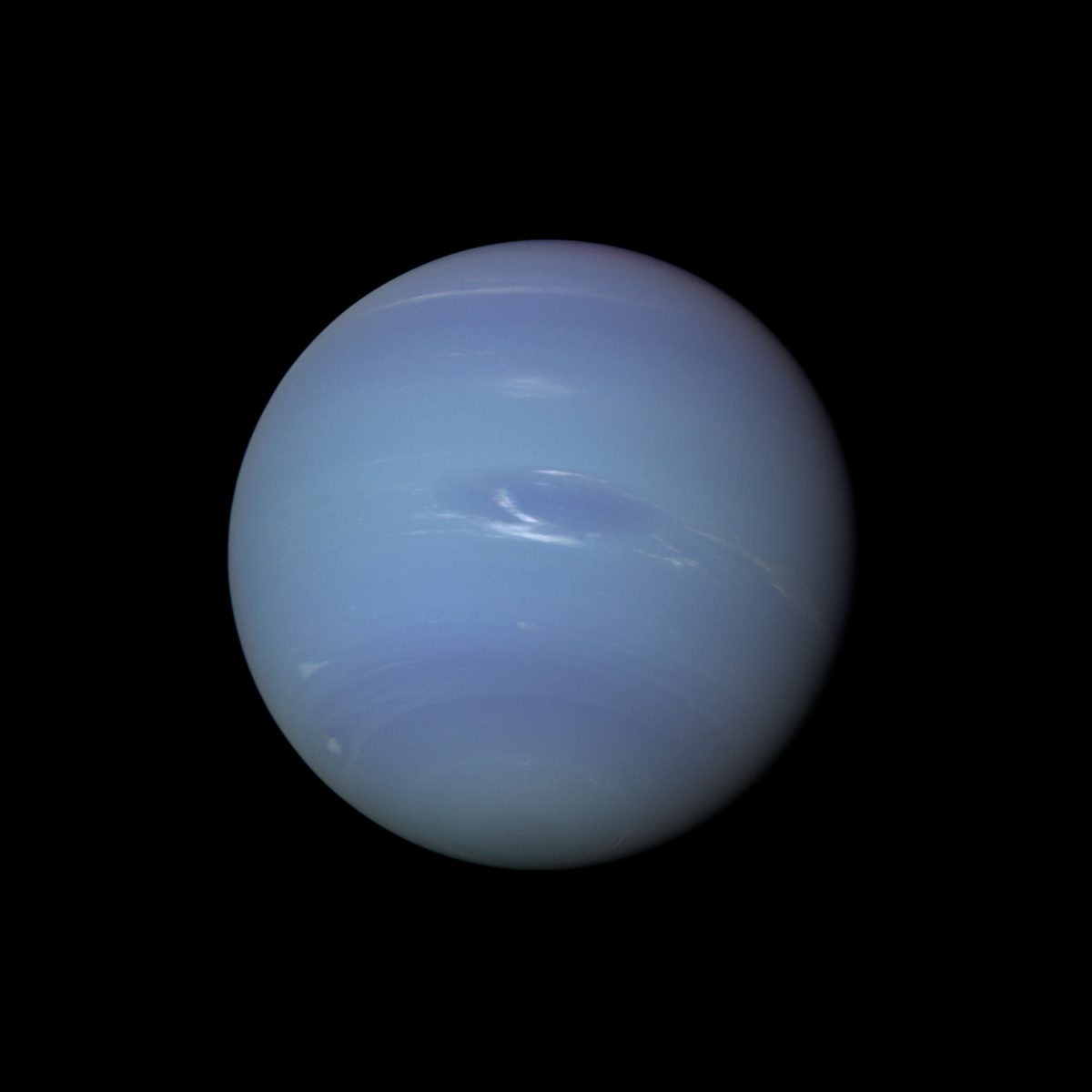
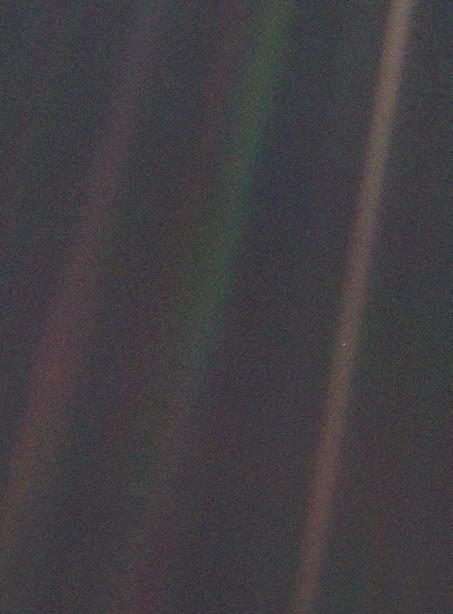
Related Links:
- Charley Kohlhase
- “Air and Space” magazine article about Charley Kohlhase
- The Voyager Mission
- ExoMars update: Timeline for separation and orbit insertion
- Volunteering for Mars—Ipsos Poll Results
- Barack Obama: America Will Take the Giant Leap To Mars
This week's prizes are Andrew Fazekas’ book, “Star Trek, The Official Guide to Our Universe,” a Planetary Society rubber asteroid, and a 200-point iTelescope.net astronomy account.
This week's question:
In what region of Mars will the European Space Agency’s Schiaparelli land?
To submit your answer:
Complete the contest entry form at http://planetary.org/radiocontest or write to us at [email protected] no later than Tuesday, October 25th at 8am Pacific Time. Be sure to include your name and mailing address.
Last week's question:
What moon in our solar system has the longest orbital period around its parent planet?
Answer:
The answer will be revealed next week.
Question from the week before:
What are the names of the two asteroids Rosetta studied, and the name of the comet it orbited and was just set down on?
Answer:
The asteroids studied by the Rosetta spacecraft were 21 Lutetia and 2867 Steins, while the comet it orbited was 67P/Churyumov Gerasimenko.


 Explore Worlds
Explore Worlds Find Life
Find Life Defend Earth
Defend Earth


